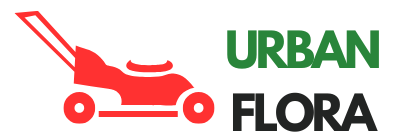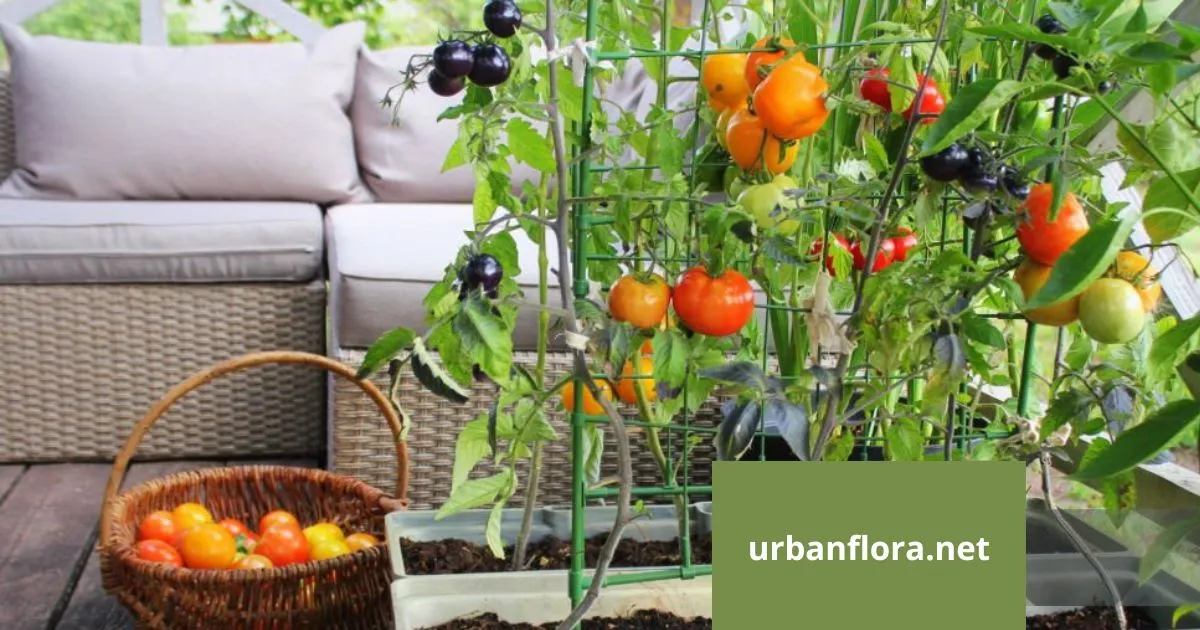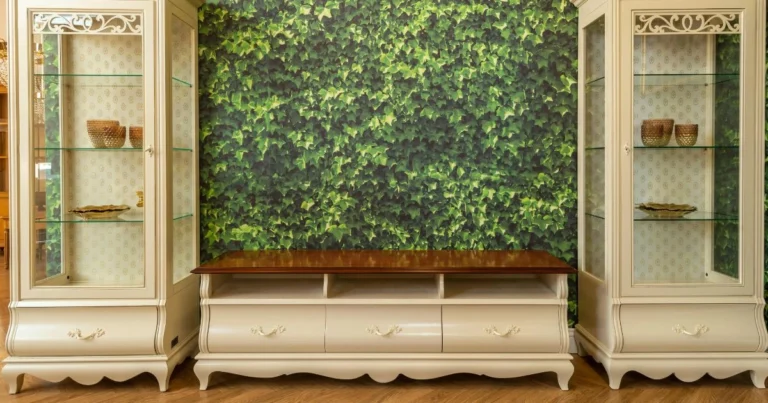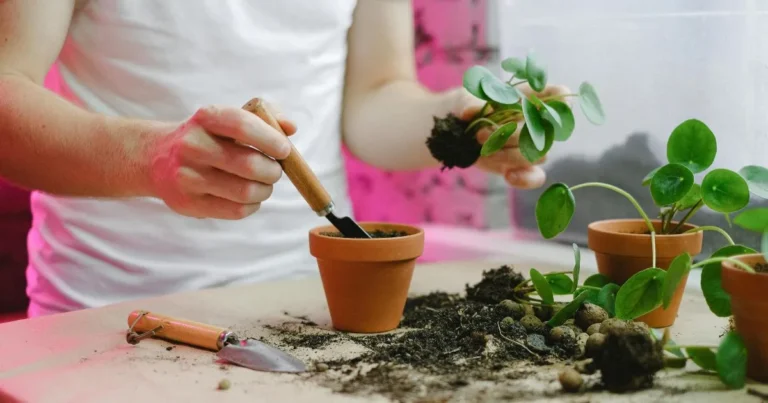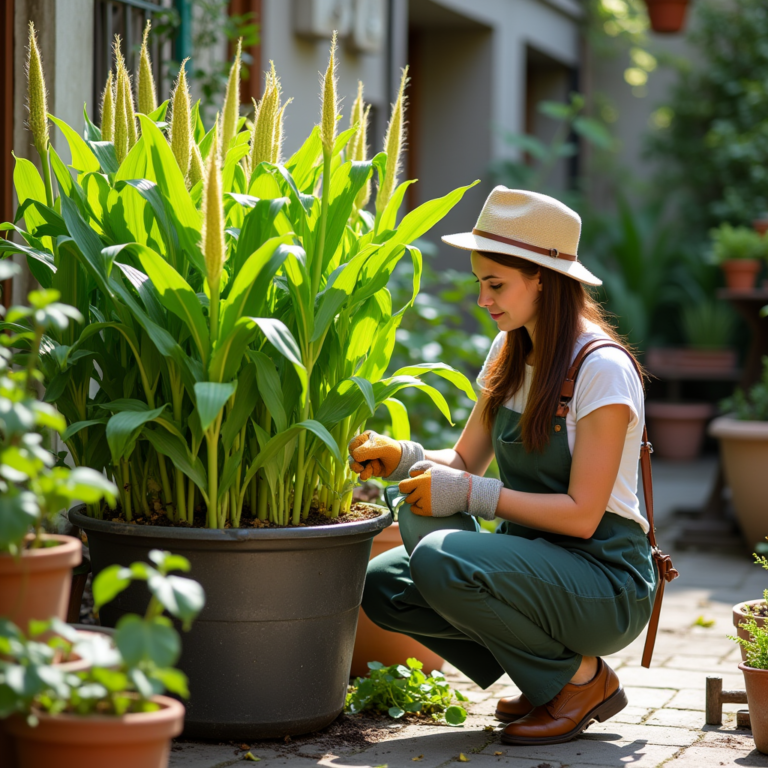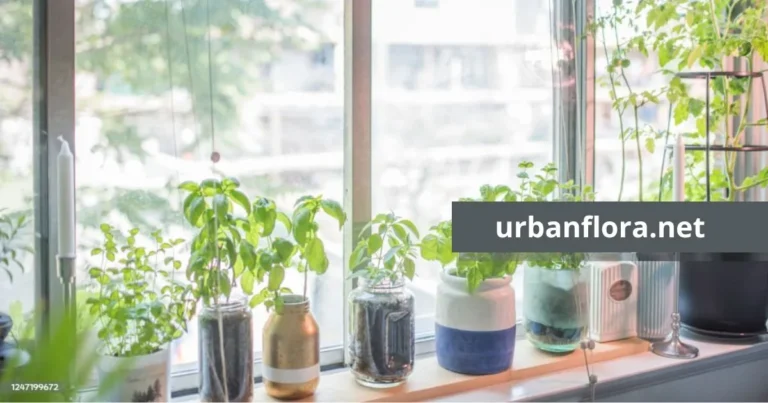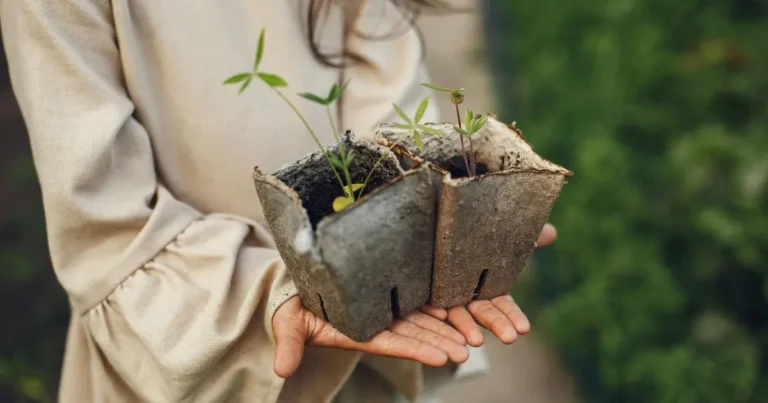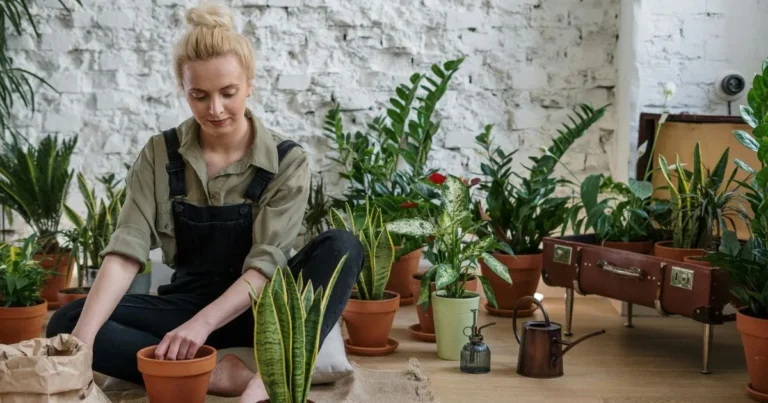Shop the Best Tools for Growing Vegetables in Pots – Your Ultimate Guide to a Thriving Container Garden
Table of Contents
Have you ever imagined growing your own vegetables, right in the comfort of your home, without needing a sprawling garden or backyard? If the idea of fresh, homegrown tomatoes, peppers, or herbs excites you but you lack the space for a full garden, container gardening might be your perfect solution.
Growing vegetables in pots is a rewarding and practical way to enjoy the pleasures of homegrown food, even if you’re working with limited space. The best part? You can grow your favorite veggies on a small balcony, windowsill, or rooftop garden. However, to get the best results, you need more than just good intentions—you need the right tools. The tools you choose can make the difference between a thriving vegetable garden and a struggling one.
In this comprehensive guide, we’ll help you shop for the best tools for growing vegetables in pots, ensuring your container garden flourishes. Whether you’re a beginner or an experienced gardener, the right tools can help you achieve the healthy and abundant harvest you’ve been dreaming of.
Why Choose Container Gardening for Growing Vegetables?
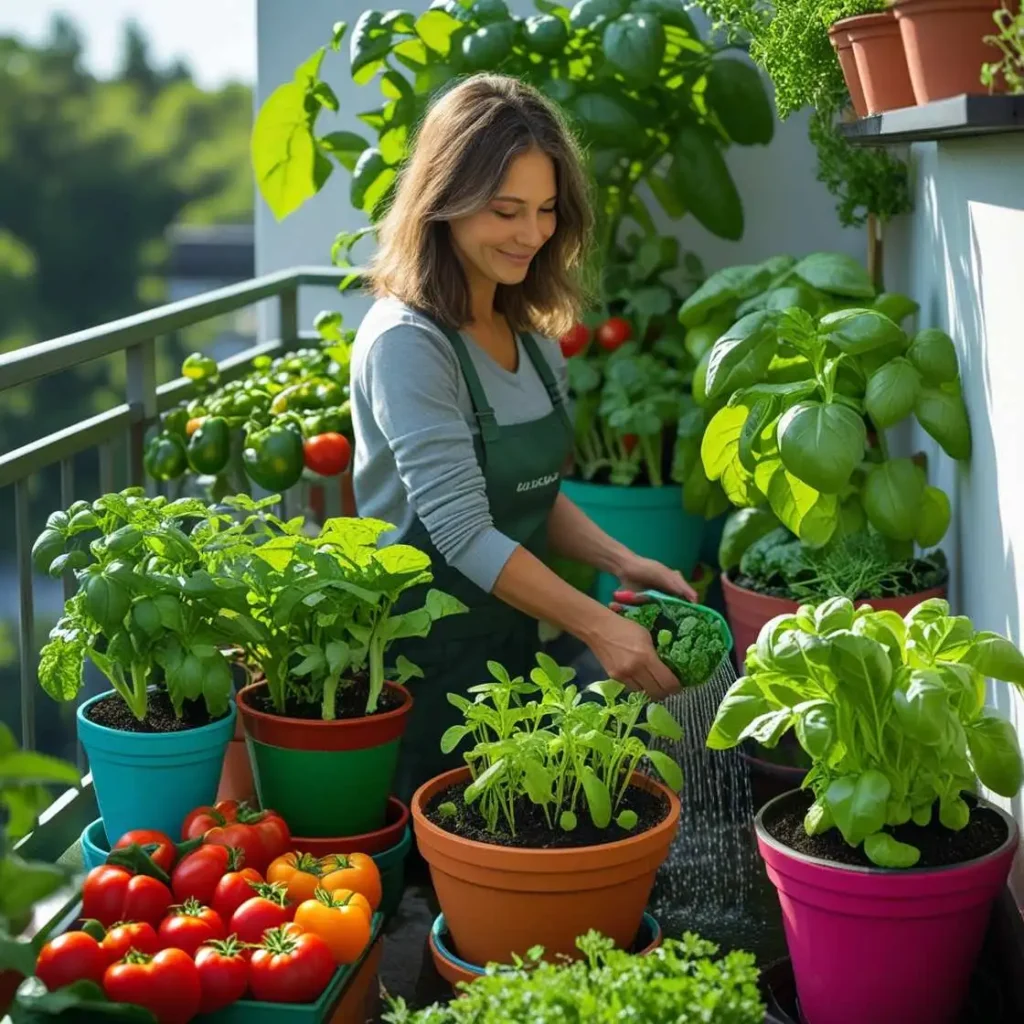
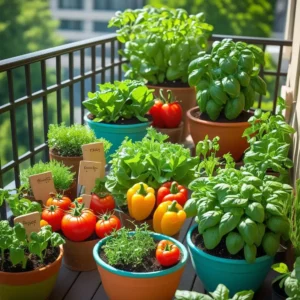
You might be wondering why container gardening has gained so much popularity in recent years. After all, doesn’t gardening require a lot of space, soil, and sunlight? The beauty of container gardening is that it allows you to grow your own vegetables in any space—no matter how small. Whether you’re living in an apartment, townhouse, or a city with limited outdoor space, container gardening gives you the flexibility to grow your favorite vegetables right at home.
Let’s dive into why container gardening is so appealing for growing vegetables:
- Perfect for Small Spaces: One of the biggest advantages of container gardening is that it works in small spaces. If you have a small balcony, a tiny backyard, or even a sunny windowsill, you can create your own vegetable garden with pots. You don’t need a sprawling plot of land to enjoy homegrown vegetables. Whether you’re in an urban apartment or a suburban townhouse, pots let you garden wherever there’s light.
- Control Over Growing Conditions: Container gardening gives you complete control over the soil, water, and sunlight your plants receive. This control leads to healthier plants, fewer pests, and higher yields. You can easily manage moisture levels, soil quality, and temperature by simply adjusting your watering schedule or moving pots to more favorable spots.
- Variety of Vegetables to Grow: Container gardening can accommodate almost any vegetable, from leafy greens like lettuce and spinach to root vegetables such as carrots, potatoes, and radishes. Even climbing vegetables like tomatoes and cucumbers can thrive in pots, as long as you provide the proper support systems.
Essential Tools for Growing Vegetables in Pots
Growing vegetables in containers requires the right tools to set you up for success. Whether you’re just getting started or you’re a seasoned gardener, investing in quality tools can save you time and effort while ensuring your plants thrive. Let’s look at the essential tools you’ll need to start your container garden.
1. Quality Pots and Containers
The foundation of any successful container garden is the pot or container you choose. There are numerous types of pots available, each with its own advantages. It’s important to select the right ones for your plants’ needs.
- Material: Different materials offer different benefits. Ceramic pots are attractive and durable but tend to be heavy and may not provide the best drainage. Plastic pots, on the other hand, are lightweight, affordable, and come in a variety of sizes and shapes. Fabric pots are a great option for those who want to ensure optimal root development. They promote aeration, which prevents root rot and encourages strong root growth.
- Size Matters: When selecting containers for vegetables, size matters. Larger pots provide more room for roots to grow and help retain moisture, reducing the need for frequent watering. For smaller plants, such as herbs, smaller pots will suffice. For larger vegetables, like tomatoes, peppers, and eggplants, choose pots that are at least 12 inches deep to accommodate their root systems.
- Self-Watering Pots: If you’re looking for convenience, self-watering pots are worth considering. These pots feature a built-in reservoir that allows the plant to absorb water as needed, preventing over-watering or under-watering. Self-watering pots are ideal for beginners or anyone who wants to reduce the time spent watering.
2. High-Quality Soil Mix
The right soil mix(best soil for container vegetables) is essential for growing vegetables in pots. Unlike traditional gardening, where you can rely on garden soil, potting soil must be well-draining and nutrient-rich to keep your plants healthy.
- Well-Draining Soil: Good-quality potting soil is designed to drain well while still retaining enough moisture for your plants. This is especially important for container gardening, as water tends to evaporate more quickly in pots. Don’t use garden soil; it can get compacted and stop roots from growing properly. These materials keep the soil moist and give your plants the nutrients they need.
- Nutrient-Rich Soil: Look for soil mixes that include organic materials, such as compost, peat moss, or coconut coir. For vegetables, a well-balanced soil mix will support healthy growth and produce strong, vigorous plants.
- Soil Additives: Consider adding organic fertilizers, worm castings, or slow-release fertilizers to your potting mix. These additives provide your vegetables with the necessary nutrients throughout the growing season. Adding a bit of compost will also help enrich the soil with beneficial microorganisms that support plant health.
3. Watering Tools
Watering is crucial for successful container gardening. However, watering potted plants is not always as simple as it seems. You need to ensure that your plants receive just the right amount of water—neither too much nor too little. This is where proper watering tools come into play.
- Watering Cans: A watering can with a long spout is an essential tool for container gardening. A long spout makes it easier to water your plants without spilling or disturbing the soil. Look for a can with a fine spout to create a gentle flow of water, especially for delicate seedlings.
- Drip Irrigation Systems: For those who want a more automated solution, a drip irrigation system can be a game-changer. These systems allow water to drip directly to the plant’s root zone, ensuring that each plant receives the right amount of moisture. Drip irrigation is especially beneficial during hot weather, as it helps conserve water and keeps your plants consistently hydrated.
4. Plant Supports
Many vegetables, such as tomatoes, cucumbers, and beans, grow vertically. Providing the right support can help these plants grow stronger, healthier, and more productively.
- Stakes and Trellises: When growing vegetables like tomatoes or cucumbers, use stakes or trellises to encourage vertical growth. This helps maximize space and keeps your plants upright, preventing them from sprawling out of control. A sturdy trellis or stake also prevents the plant from falling over, which can damage branches and fruit.
- Plant Ties: Use soft plant ties to secure climbing vegetables to their supports. These ties should be gentle enough not to damage the plant stems but strong enough to provide support as the plant grows.
5. Garden Tools for Maintenance
Taking care of your plants regularly keeps your container garden healthy. These tools will help you keep your plants healthy, tidy, and productive throughout the growing season.
- Hand Trowel: A hand trowel is an essential tool for digging, transplanting, and mixing soil in containers. It allows you to easily scoop soil, plant seeds, and move plants around as needed.
- Pruning Shears: Pruning is important for removing dead or damaged plant growth, which helps promote healthy new growth. Invest in a sharp pair of pruning shears to trim leaves, stems, and flowers that may be hindering the plant’s overall health.
- Weeding Tools: Weeds can quickly take over your container garden if left unchecked. Small weeding tools, such as a weeder or hand rake, will help you remove unwanted plants from your pots without disturbing the roots of your vegetables.
Best Practices for Growing Vegetables in Pots
Now that you have the essential tools, let’s talk about how to grow vegetables in pots successfully. These best practices will help ensure that your container garden thrives.
1. Selecting the Right Growing Vegetables in Pots
While many vegetables can be grown in containers, some are better suited for pots than others. Check out these great choices:
- Top Picks for Containers: Lettuce, spinach, tomatoes, peppers, carrots, radishes, and herbs like basil, thyme, and parsley are all excellent choices for container gardening. These plants don’t require a lot of space and grow well in pots.
- Compact or Dwarf Varieties: For larger vegetables like tomatoes or peppers, look for compact or dwarf varieties. These plants are bred to grow well in smaller spaces and are better suited for containers. They’re perfect for small-scale gardens and can produce a full harvest in a compact space.
2. Proper Placement of Pots
Once you’ve chosen your plants, the next step is figuring out where to place your pots. Proper placement is crucial for optimal growth.
- Sunlight: Most vegetables require at least 6–8 hours of sunlight per day. Ensure that your pots are placed in a location that gets ample sunlight. If you’re growing vegetables indoors, consider placing pots near south-facing windows or using grow lights to supplement natural light.
- Wind Protection: Wind can be a major problem for potted plants, especially for tall, vine-like vegetables. Protect your containers from strong winds by placing them in sheltered spots or using plant covers to shield your plants from damage.
3. Watering and Fertilization Tips
Watering and fertilization are key to ensuring that your plants grow healthy and strong.
- Regular Watering: Potted plants tend to dry out faster than those planted in the ground. Check your containers regularly to ensure that the soil remains moist, but not waterlogged. Use a moisture meter to monitor the soil’s hydration levels, or simply stick your finger into the soil to check.
- Fertilize Regularly: Since container soil is more limited in nutrients than garden soil, it’s essential to fertilize your plants regularly. Organic fertilizers, such as compost or fish emulsion, will provide the nutrients your plants need to thrive.
Urban Gardening Solutions and Tips
Even if you live in a city or have very limited outdoor space, container gardening is the perfect way to grow vegetables. With a few clever strategies, you can make the most of your small space and create a productive urban garden.
Table: Urban Gardening Tips for Growing Vegetables in Pots
| Tip | Solution | Benefits |
| Limited Sunlight | Use reflective surfaces or grow lights | Maximizes light exposure |
| Small Space | Vertical gardening and stacking pots | More space for more plants |
| Frequent Watering Required | Install self-watering systems | Saves time and ensures consistency |
| Need for Organic Soil | Use organic potting mixes and compost | Promotes healthier plants |
Where to Shop for the Best Tools for Growing Vegetables in Pots
When it comes to shopping for the right tools, there are plenty of options. Here’s where to find the best tools for your container garden:
- Local Nurseries and Garden Centers: These are great places to find quality pots, soil, and plants. Plus, you’ll get expert advice and recommendations from knowledgeable staff.
- Online Retailers: Websites like Amazon, Home Depot, and Walmart offer a wide range of gardening tools. Reviews from other customers can help you pick the best products.
- Specialty Gardening Stores: If you want high-quality, specialized gardening tools, consider visiting a specialty store. These retailers often carry durable products designed for serious gardeners.
FAQs:
1. What vegetables grow best in pots with limited sunlight?
Vegetables like lettuce, spinach, arugula, kale, and radishes grow well with as little as 4–6 hours of sunlight per day. You can also consider using grow lights to supplement natural light.
2. How often should I repot vegetables grown in containers?
Most vegetables only need to be repotted if they outgrow their containers or if the soil becomes depleted after a season. Refresh the soil yearly and repot perennials, such as herbs, every 1–2 years.
3. Can I use kitchen scraps as fertilizer for growing vegetables in pots?
Yes! Composting kitchen scraps, such as vegetable peels, coffee grounds, and eggshells, creates a nutrient-rich fertilizer. Just ensure the compost is fully decomposed before adding it to your pots to avoid attracting pests.
4. What’s the best way to prevent diseases in container plants?
Use clean pots, well-draining soil, and avoid overwatering. Space your plants to allow airflow and remove any yellowing or diseased leaves promptly. Rotating crops each season can also help prevent soil-borne diseases.
5. Do vegetables in pots require different watering schedules than in-ground plants?
Yes. Container plants typically need more frequent watering as the soil dries out faster. Monitor moisture levels daily, especially during hot or windy weather.
6. Can I grow vegetables in pots during the winter?
Yes, as long as you protect your plants from frost and cold temperatures. Move pots indoors, use frost covers, or grow cold-tolerant vegetables like kale, chard, and carrots during the winter months.
7. How can I make my container garden greener and more sustainable?
Use biodegradable pots, recycle materials like old buckets as containers, and rely on organic fertilizers and pest control methods. Composting kitchen waste and collecting rainwater for irrigation are also excellent eco-friendly practices.
